

30 Days Lowest Price Guarantee
Episode Tea Set Mandarin Silver Plated Indian Traditional Crafted Tableware Set
DESCRIPTION
The accepted history of the tea set begins in China during the Han Dynasty (206-220 BC). At this time, tea ware was made of porcelain and consisted of two styles: a northern white porcelain and a southern light blue porcelain. It is important to understand that these ancient tea sets were not the creamer/sugar bowl companions we know today. Rather, as is stated in a third-century AD written document from China, tea leaves were pressed into cakes or bricks. These patties were then crushed and mixed with a variety of spices, including orange, ginger, onions, and flower petals. Hot water was poured over the mixture, which was both heated and served in bowls, not teapots. The bowls were multi-purpose, and used for a variety of cooking needs. In this period, evidence suggests that tea was mainly used as a medicinal elixir, not as a daily drink for pleasure's sake. Historians believe the teapot was developed during the Song Dynasty (960-1279 AD) An archaeological dig turned up an ancient kiln that contained the remnants of a Yixing teapot. Yixing teapots, called Zi Sha Hu in China and Purple Sand teapots in the U.S., are perhaps the most famous teapots. They are named for a tiny city located in Jiangsu Province, where a specific compound of iron ore results in the unique coloration of these teapots. They were fired without a glaze and were used to steep specific types of oolong teas. Because of the porous nature of the clay, the teapot would gradually be tempered by using it for brewing one kind of tea. This seasoning was part of the reason to use Yixing teapots. In addition, artisans created fanciful pots incorporating animal shapes.
- Material: Silver Plated Brass
- Product Type: Tea Sets
- Dimensions: TEA(4X3X5.5) MILK (4.5X2.75X2.75) SUGAR ( 4X3X2.75)

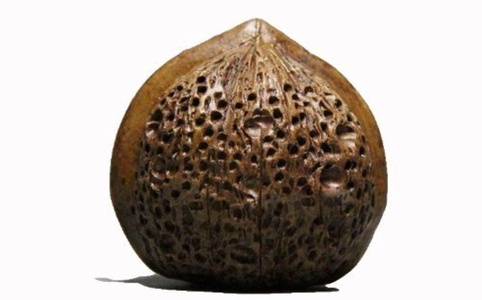
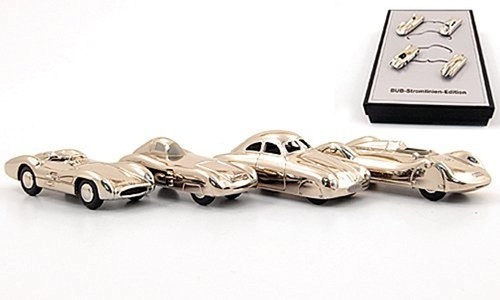
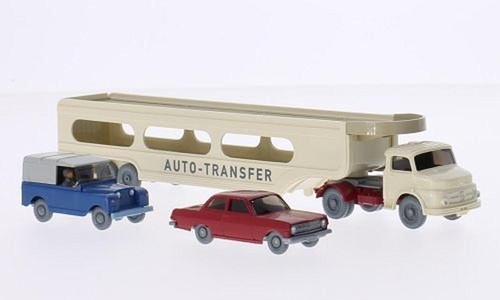
![Ronnie Lott (Football Card) 1990 Pro Set Super Bowl XXV Silver Anniversary - Box Set [Base] #105 Ronnie Lott (Football Card) 1990 Pro Set Super Bowl XXV Silver Anniversary - Box Set [Base] #105](http://image.top1price.com/pBujRYpFb-2HMf5tvTw7NOzGoWg=/0x300/product_images/full/062f2904c75c5884285bbc62a2978fd684011bcb/ronnie-lott-football-card-1990-pro-set-super-bowl-xxv-silver-anniversary-box-set-base-105.jpg)
![Lester Hayes (Football Card) 1990 Pro Set Super Bowl XXV Silver Anniversary Box Set [Base] #103 Lester Hayes (Football Card) 1990 Pro Set Super Bowl XXV Silver Anniversary Box Set [Base] #103](http://image.top1price.com/gtVVmjxKDoFCn7k1uFAZv0dLlpg=/0x300/product_images/full/19853130a504188377659b8c7a5d39e10cb34403/lester-hayes-football-card-1990-pro-set-super-bowl-xxv-silver-anniversary-box-set-base-103.jpg)
![Tom Landry (Football Card) 1990 Pro Set Super Bowl XXV Silver Anniversary Box Set [Base] #27 Tom Landry (Football Card) 1990 Pro Set Super Bowl XXV Silver Anniversary Box Set [Base] #27](http://image.top1price.com/uG2xiaWYE881uY1Zr7l1TuWpOF8=/0x300/product_images/full/3c47967beaab1fd4db4904947f45bec340708a5e/tom-landry-football-card-1990-pro-set-super-bowl-xxv-silver-anniversary-box-set-base-27.jpg)





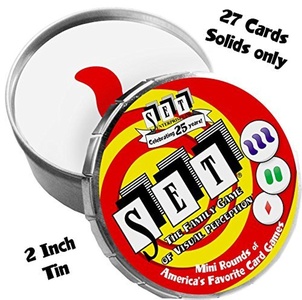
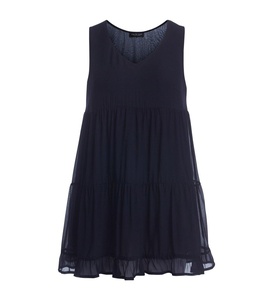

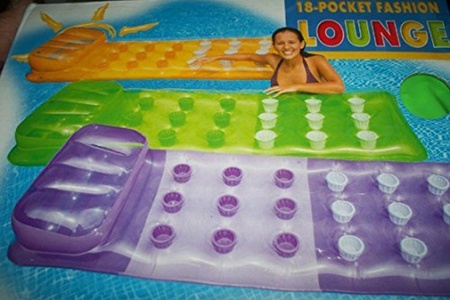
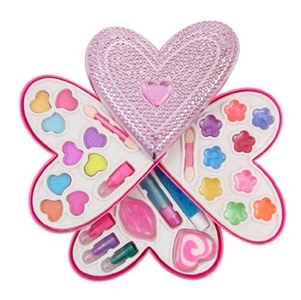


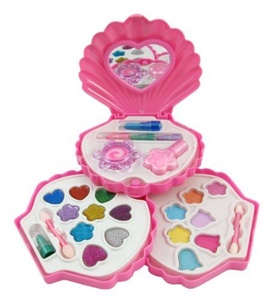
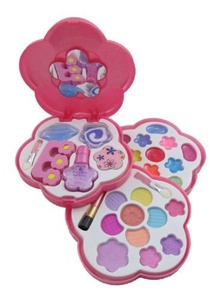





![Steve Larmer (Hockey Card) 1990-91 Pro Set - [Base] #53.2 Steve Larmer (Hockey Card) 1990-91 Pro Set - [Base] #53.2](http://image.top1price.com/eC4UaNxbxqUnAVY5mGmd8s33APY=/0x300/product_images/full/124a9dcb7ebfec92a260f00c9bd9d907c00fe110/steve-larmer-hockey-card-1990-91-pro-set-base-53-2.jpg)
